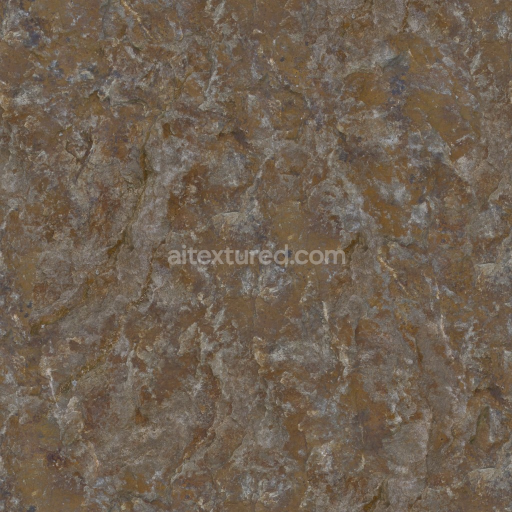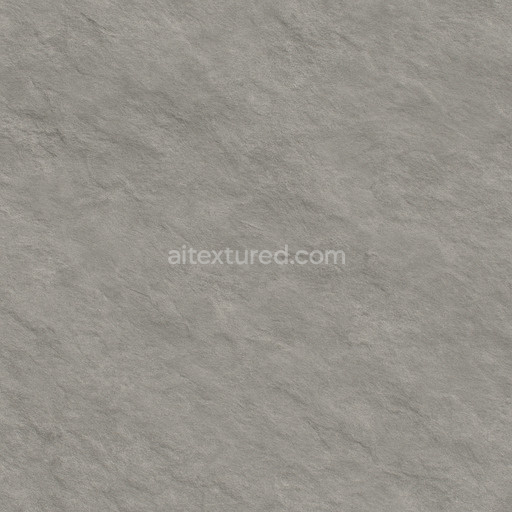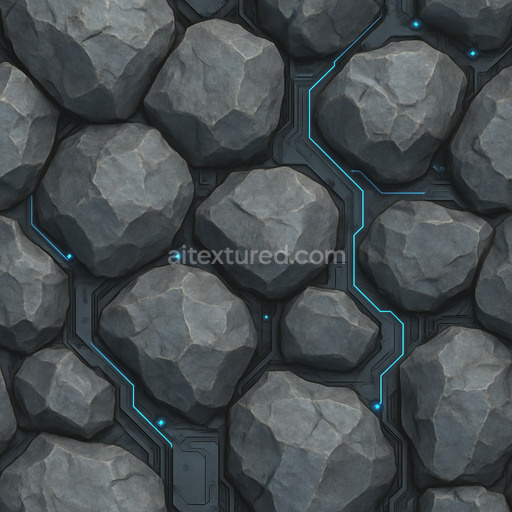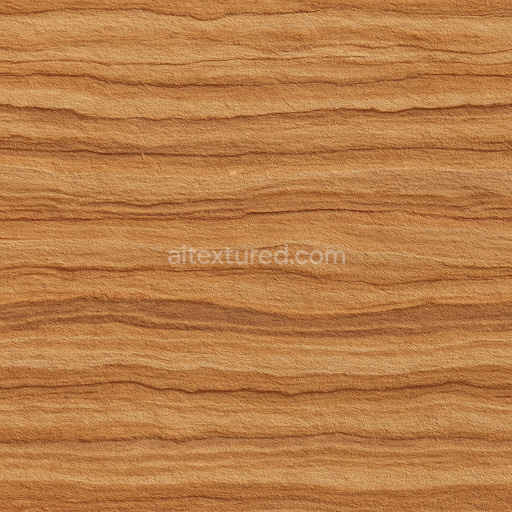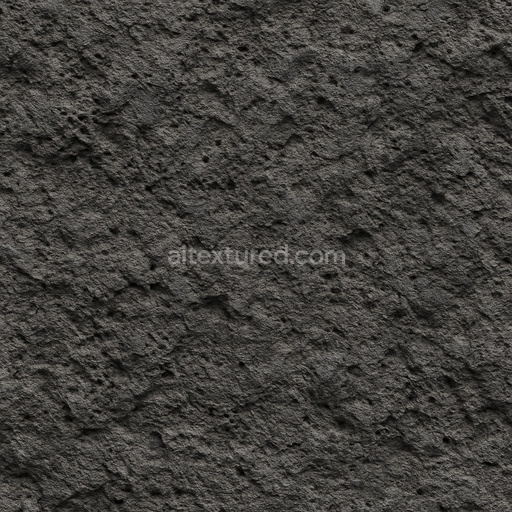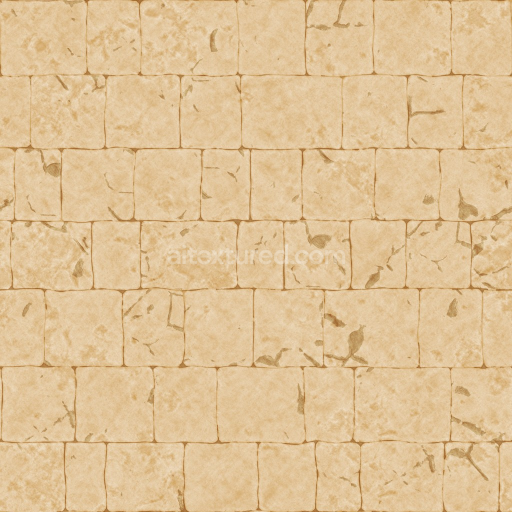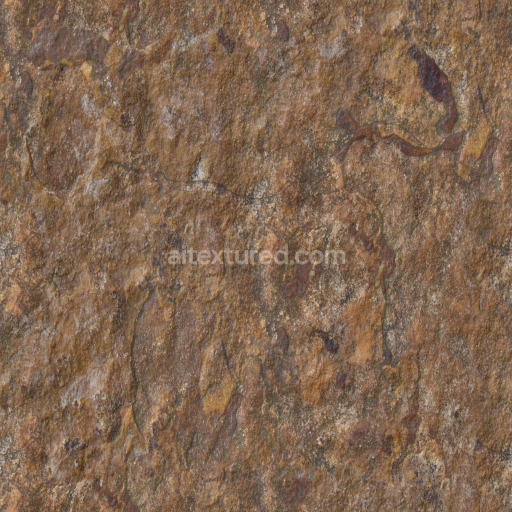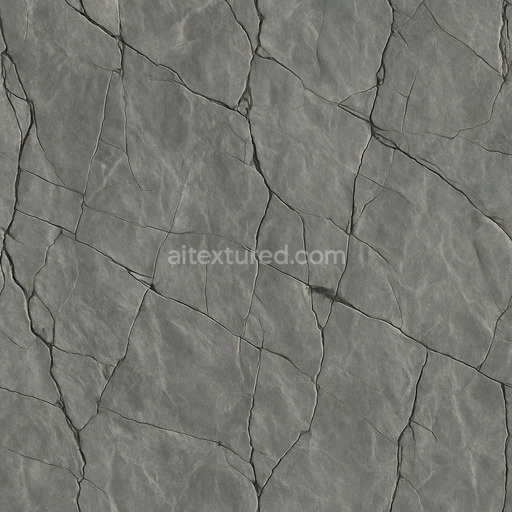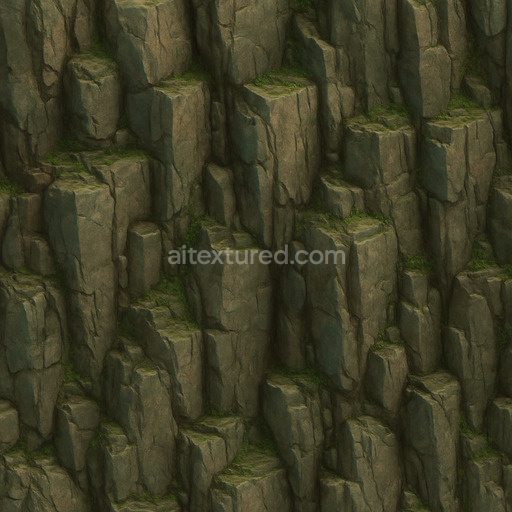This Archviz Boulder Rock Rocks Stone Substance Designer seamless PBR texture is meticulously crafted to authentically replicate the natural complexity of rugged stone surfaces making it an ideal asset for physically based rendering workflows. The base substrate features a dense mineral composition typical of substantial boulders composed of tightly interlocking crystalline grains that provide a robust natural foundation. This texture captures subtle porosity and slight surface irregularities reflecting the inherent roughness and tactile sensation of weathered rock. Weathering effects are delicately integrated simulating natural erosion and mineral oxidation processes that impart nuanced color variations and surface depth without compromising the stone’s structural integrity. The finish is matte with a gently coarse texture enriched by naturally occurring earth-toned pigments and oxide layers that deliver consistent and authentic color variation across the entire material enhancing its realistic appearance and overall natural aesthetic.
In this substance designer set each PBR channel is thoughtfully developed to emphasize the physical characteristics of the stone material. The BaseColor (Albedo) channel accurately represents the mineral color variations and natural deposits without any baked lighting ensuring true color fidelity under diverse lighting conditions. The Normal map encodes fine grain orientation and micro surface details adding dimensionality and tactile depth to the rough rock face. Roughness is precisely calibrated to reflect the semi-porous and uneven surface texture allowing subtle light scattering and realistic reflections while the Metallic channel remains close to zero consistent with the non-metallic nature of natural stone. Ambient Occlusion enhances shadowing within crevices and weathered cracks increasing depth perception and the Height/Displacement map captures subtle elevation changes improving parallax effects and surface depth particularly during close-up inspection or when tiled on large surfaces.
Rendered at resolutions reaching up to 8K this seamless texture set is optimized for compatibility with leading 3D engines such as Blender Unreal Engine and Unity supporting both high-fidelity offline visualization and real-time applications like architectural visualization and game environments. Its seamless tiling ensures consistent appearance across expansive surfaces without visible seams or distracting repetition maintaining the natural proportions and intricate detail of the boulder rock surface. For optimal results it is recommended to carefully adjust the UV scale to preserve the authentic scale of the stone features and fine-tune roughness parameters to suit specific lighting setups and desired surface responses. Utilizing the height map for parallax occlusion mapping can further enhance perceived depth and realism without increasing polygon count making this texture set a versatile and efficient resource for realistic rendering workflows.
Overall this substance designer-created boulder rock stone texture offers a highly detailed and versatile material that integrates seamlessly into physically based rendering pipelines. Its faithful representation of natural stone’s mineral composition surface finish and weathering effects combined with comprehensive PBR channel implementation ensures consistent realism and visual depth across archviz projects game engines and other rendering platforms. This texture set provides professional-quality results that enhance the authenticity and visual impact of any 3D scene requiring realistic stone aesthetics.
How to Use These Seamless PBR Textures in Blender
This guide shows how to connect a full PBR texture set to Principled BSDF in Blender (Cycles or Eevee). Works with any of our seamless textures free download, including PBR PNG materials for Blender / Unreal / Unity.
What’s inside the download
*_albedo.png — Base Color (sRGB)*_normal.png — Normal map (Non-Color)*_roughness.png — Roughness (Non-Color)*_metallic.png — Metallic (Non-Color)*_ao.png — Ambient Occlusion (Non-Color)*_height.png — Height / Displacement (Non-Color)*_ORM.png — Packed map (R=AO, G=Roughness, B=Metallic, Non-Color)

Quick start (Node Wrangler, 30 seconds)
- Enable the addon: Edit → Preferences → Add-ons → Node Wrangler.
- Create a material and select the Principled BSDF node.
- Press Ctrl + Shift + T and select the maps
albedo, normal, roughness, metallic (skip height and ORM for now) → Open.
The addon wires Base Color, Normal (with a Normal Map node), Roughness, and Metallic automatically.
- Add AO and Height using the “Manual wiring” steps below (5 and 6).
Manual wiring (full control)
- Create a material (Material Properties → New) and open the Shader Editor.
- Add an Image Texture node for each map. Set Color Space:
- Albedo → sRGB
- AO, Roughness, Metallic, Normal, Height, ORM → Non-Color
- Connect to Principled BSDF:
albedo → Base Colorroughness → Roughnessmetallic → Metallic (for wood this often stays near 0)normal → Normal Map node (Type: Tangent Space) → Normal of Principled.
If details look “inverted”, enable Invert Y on the Normal Map node.
- Ambient Occlusion (AO):
- Add a MixRGB (or Mix Color) node in mode Multiply.
- Input A =
albedo, Input B = ao, Factor = 1.0.
- Output of Mix → Base Color of Principled (replaces the direct albedo connection).
- Height / Displacement:
Cycles — true displacement
- Material Properties → Settings → Displacement: Displacement and Bump.
- Add a Displacement node: connect
height → Height, set Midlevel = 0.5, Scale = 0.02–0.08 (tune to taste).
- Output of Displacement → Material Output → Displacement.
- Add geometry density (e.g., Subdivision Surface) so displacement has polygons to work with.
Eevee (or lightweight Cycles) — bump only
- Add a Bump node:
height → Height.
- Set Strength = 0.2–0.5, Distance = 0.05–0.1, and connect Normal output to Principled’s Normal.
Using the packed ORM texture (optional)
Instead of separate AO/Roughness/Metallic maps you can use the single *_ORM.png:
- Add one Image Texture (Non-Color) → Separate RGB (or Separate Color).
- R (red) → AO (use it in the Multiply node with albedo as above).
- G (green) → Roughness of Principled.
- B (blue) → Metallic of Principled.
UVs & seamless tiling
- These textures are seamless. If your mesh has no UVs, go to UV Editing → Smart UV Project.
- For scale/repeat, add Texture Coordinate (UV) → Mapping and plug it into all texture nodes.
Increase Mapping → Scale (e.g., 2/2/2) to tile more densely.
Recommended starter values
- Normal Map Strength: 0.5–1.0
- Bump Strength: ~0.3
- Displacement Scale (Cycles): ~0.03
Common pitfalls
- Wrong Color Space (normals/roughness/etc. must be Non-Color).
- “Inverted” details → enable Invert Y on the Normal Map node.
- Over-strong relief → lower Displacement Scale or Bump Strength.
Example: Download Wood Textures and instantly apply parquet or rustic planks inside Blender for architectural visualization.
To add the downloaded texture, go to Add — Texture — Image Texture.

Add a node and click the Open button.

Select the required texture on your hard drive and connect Color to Base Color.





